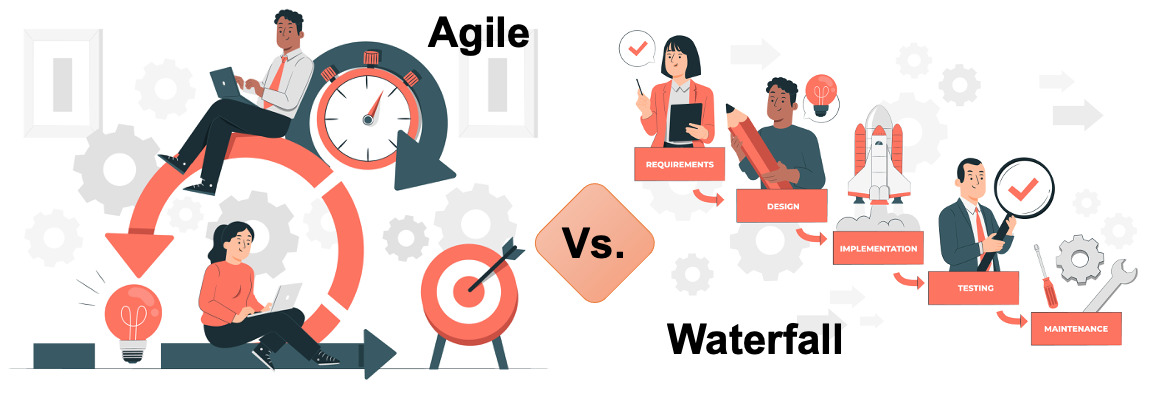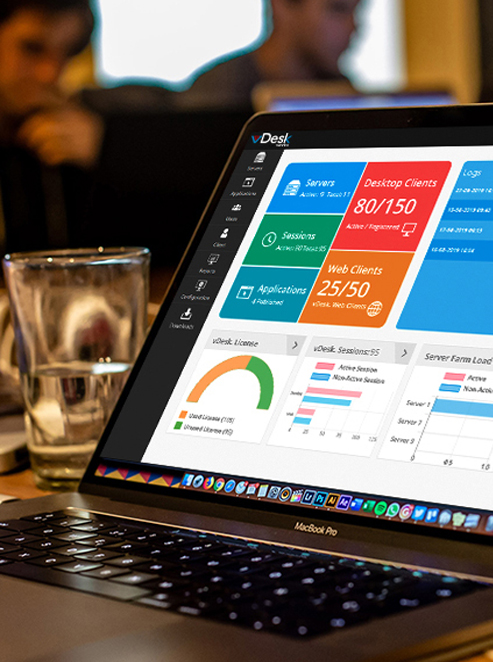Agile vs. Waterfall: Choosing the Right Software Development Methodology
Finding the Right Fit: Agile and Waterfall Explored
In the dynamic realm of software development, the choice between Agile and Waterfall methodologies plays a pivotal role in shaping project success. This article thoroughly examines the characteristics, advantages, and potential challenges of both Agile and Waterfall, guiding readers through the decision-making process to select the most suitable methodology for their specific projects.

1. Understanding Agile
- Agile, often hailed for its iterative approach, emphasizes flexibility and adaptability throughout the software development lifecycle. This methodology promotes collaboration among cross-functional teams, encourages constant feedback, and welcomes changes to requirements even late in the development process. By breaking down projects into smaller, manageable increments, Agile aims for faster time-to-market and heightened client satisfaction.
2. Decoding Waterfall
- In contrast, the Waterfall methodology adopts a sequential and well-defined structure. It follows a linear progression, where each phase must be completed before moving on to the next. This approach is characterized by meticulous planning, thorough documentation, and a clear delineation of project milestones. Waterfall is often favored for projects with stable and well-defined requirements.
3. Advantages of Agile
- Agile brings numerous advantages to the table, including enhanced flexibility to adapt to changing requirements, faster delivery cycles, continuous collaboration, and improved client satisfaction. The iterative nature of Agile allows teams to respond swiftly to evolving project scopes, fostering a dynamic and adaptive development environment.
4. Strengths of Waterfall
- Waterfall's strengths lie in its structured and methodical approach. With comprehensive documentation and a clear project roadmap, Waterfall is particularly suited for projects where requirements are well-understood and changes are less likely to occur. The methodical progression ensures a thorough understanding of each stage before proceeding to the next.
5. Challenges in Agile Implementation
- While Agile offers flexibility, its implementation comes with challenges. The need for highly collaborative teams, constant communication, and adaptability to evolving project scopes can pose difficulties, particularly in larger projects or those with distributed teams.
6. Pitfalls of Waterfall
- Conversely, Waterfall has its pitfalls. Limited flexibility in accommodating changes, longer delivery timelines, and challenges in responding to evolving client needs may be drawbacks, especially in dynamic and fast-changing industries.
7. Selecting the Right Fit
- Choosing between Agile and Waterfall requires careful consideration. Factors such as project size, complexity, client collaboration preferences, and the adaptability to change should all be weighed. This section provides practical criteria for project managers and development teams to make informed decisions based on their unique project requirements.
8. Combining Agile and Waterfall
- Recognizing the nuances of each methodology, some projects benefit from a hybrid approach. This involves combining elements of both Agile and Waterfall to create a tailored strategy that suits specific project requirements. Understanding when and how to integrate these methodologies is crucial for project success.
In Conclusion
The choice between Agile and Waterfall is not a one-size-fits-all decision. By thoroughly understanding the characteristics, strengths, and challenges of each methodology, project managers and development teams can make informed decisions that align with their unique project requirements. Whether embracing the adaptability of Agile or the structured approach of Waterfall, a thoughtful selection ensures successful project execution in the ever-evolving landscape of software development.







